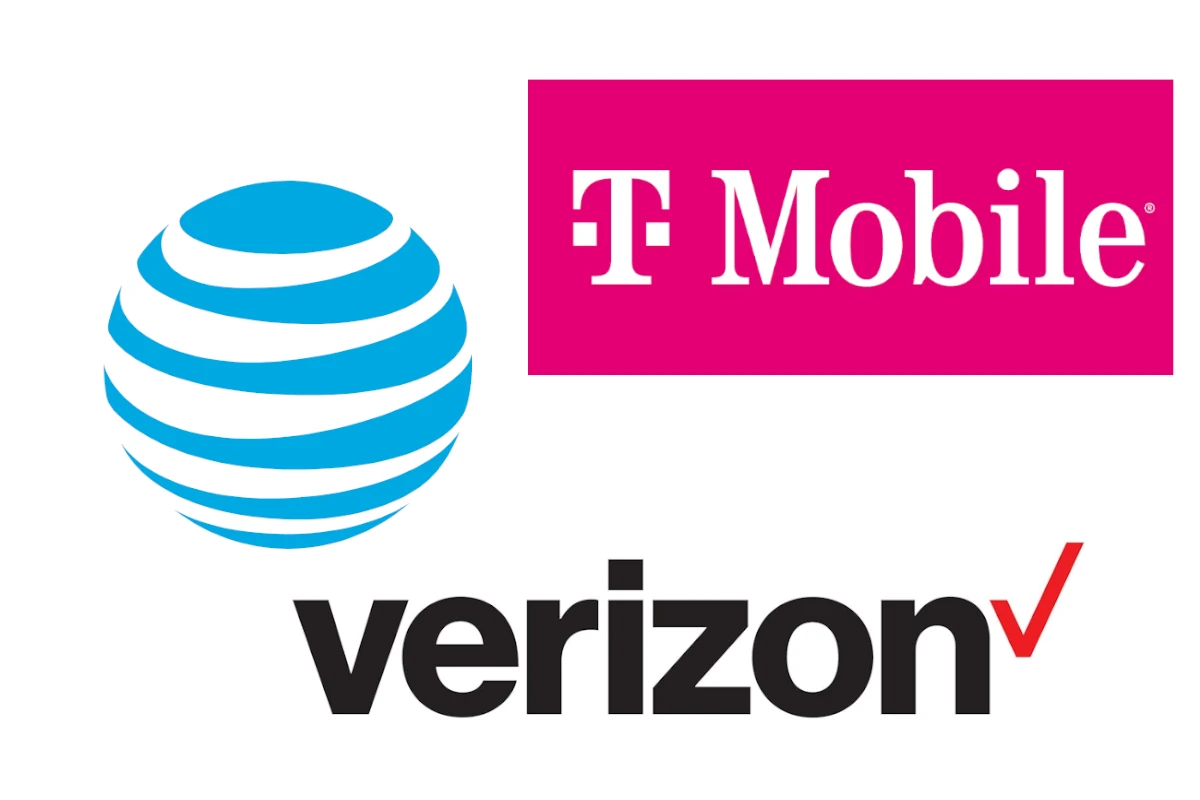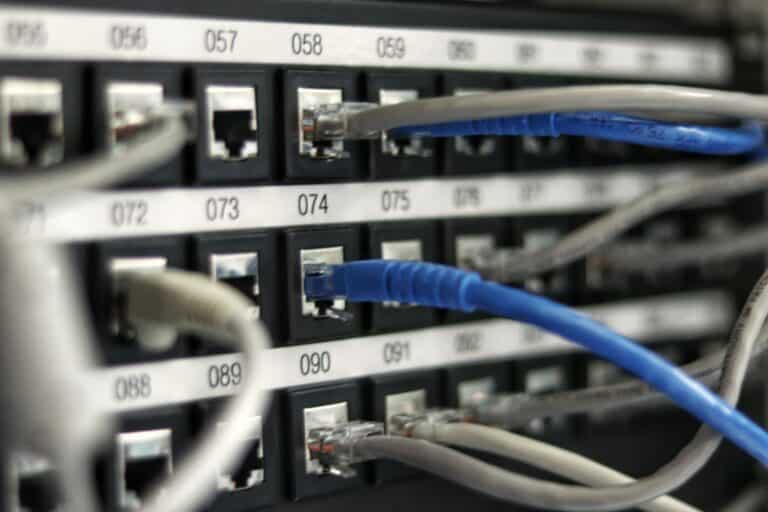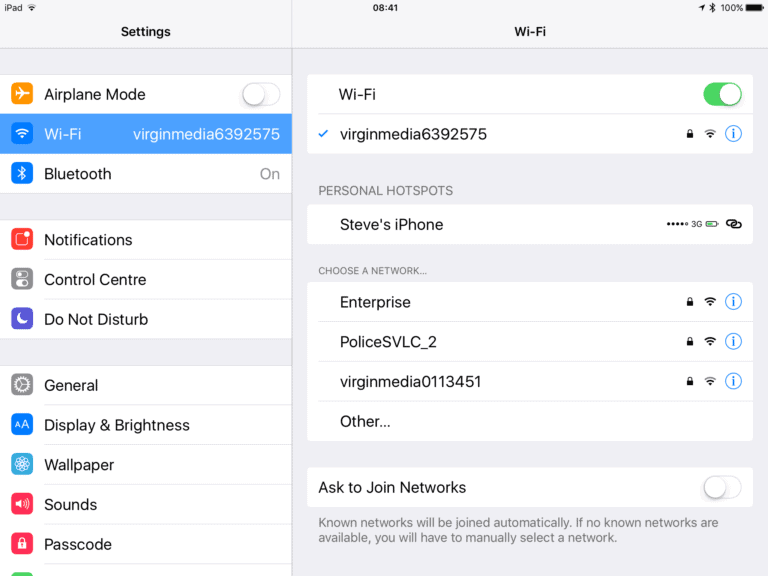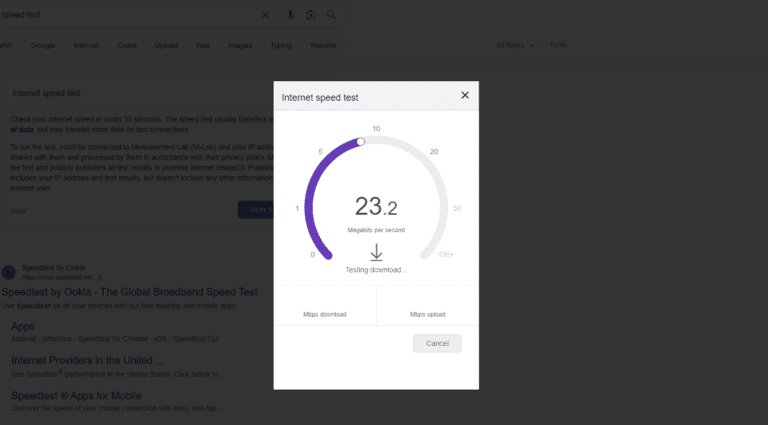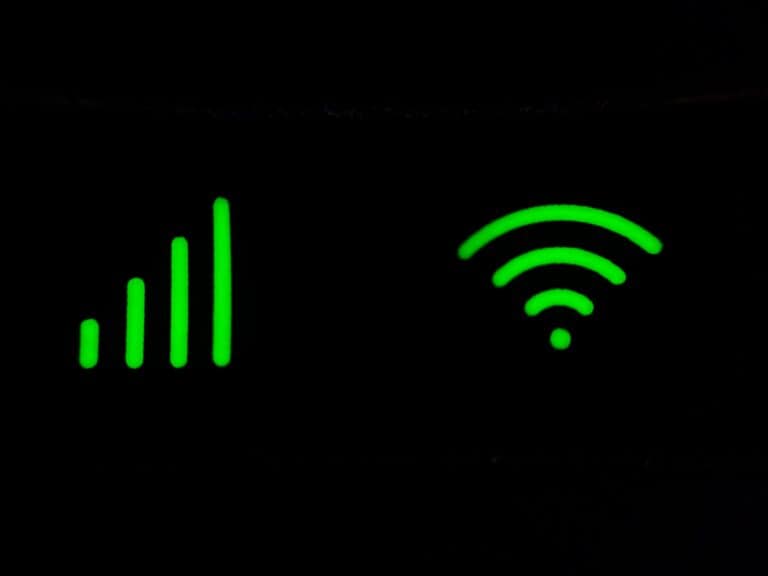Choosing the right cell phone company is important because it directly affects your mobile experience. In the United States, there are many options, so it’s important to find out which company has the best network coverage in your area. Coverage means how strong the signal is and how well it keeps you connected for calls and internet services. Since coverage can be different in each place, it’s important to check how good the network is where you are.
The first step is to look at coverage maps from the phone companies, which show how good the coverage is in each neighborhood. But these maps can sometimes be too positive, so it’s a good idea to also do real-world tests. You can find information from actual users or independent tests to get a more accurate idea of which phone networks work well in your area and which ones might give you dropped calls or slow internet. This information is really helpful if you want to change phone companies or if you want to find the best service where you live, work, or travel.
Step 1: Use a Coverage Map Comparison Tool
Several websites let you compare coverage across all major carriers (Verizon, AT&T, T-Mobile, Dish, and UScellular) by ZIP code or location.
Recommended Tools:
- SignalChecker.com – Enter your ZIP code to instantly see which carrier has the strongest signal in your area.
- CoverageMap.com – Crowdsourced data showing real-world download/upload speeds and latency for each carrier.
- WhistleOut Coverage Comparison – Compare official coverage maps side-by-side for your address.
- CellularStatus.com – Quickly find which provider offers the best coverage and plan options in your ZIP code.
These tools combine official carrier data and user-reported performance, giving you a realistic view of coverage quality.
📶 Step 2: Check Official Carrier Maps
Each major carrier provides its own interactive coverage map:
Enter your address to see 4G LTE and 5G availability, and look for:
- Dark-colored zones (strong signal)
- Light-colored or blank zones (weak or no service)
📱 Step 3: Check Real-World Performance
Coverage maps show theoretical coverage, but real-world performance can vary due to:
- Terrain (hills, trees, buildings)
- Weather
- Tower congestion
To test actual performance:
- Use apps like OpenSignal, RootMetrics, or Speedtest by Ookla to measure your signal strength and speed.
- Ask neighbors or coworkers which carrier works best for them.
- Try prepaid SIM cards from different carriers before committing to a contract.
🏡 Step 4: Consider Indoor Coverage
Even if outdoor coverage is good, indoor signal can be weak — especially in concrete or metal buildings.
If that’s the case:
- Ask your carrier about Wi-Fi calling or signal boosters.
- Check if they offer femtocells or microcells for home use.
🧭 Step 5: Balance Coverage with Price and Features
Once you identify the carrier with the best coverage, compare:
- Plan prices
- Data speeds and limits
- Perks (streaming, hotspot data, international roaming)
Sites like WhistleOut or CellularStatus can help you find the best plan for your needs.
✅ Summary
| Step | What to Do | Tools/Resources |
|---|---|---|
| 1 | Compare coverage maps | SignalChecker, CoverageMap |
| 2 | Check official carrier maps | Verizon, AT&T, T-Mobile, UScellular |
| 3 | Test real-world speeds | OpenSignal, RootMetrics, Speedtest |
| 4 | Evaluate indoor coverage | Wi-Fi calling, boosters |
| 5 | Compare plans and pricing | WhistleOut, CellularStatus |
By combining official maps, crowdsourced data, and personal testing, you can confidently choose the best carrier for your exact location — ensuring strong, reliable service wherever you live or work.
Your Guide to Finding the Best Cell Coverage in Your Area
It’s not just about the bars on your phone. Cell coverage depends on many factors, from your location to the carrier’s infrastructure. But don’t worry, finding the best coverage for your area isn’t as hard as it seems. Let’s break it down.
Understanding Coverage Maps
Coverage maps are a great starting point. They show you where each carrier claims to offer service. But remember, they’re just estimates. Real-world coverage can vary due to buildings, terrain, and other obstacles.
Checking Multiple Maps
Don’t just rely on one map. Each carrier has its own, and there are independent options too. Some popular choices include:
- OpenSignal: This app uses crowdsourced data for a more realistic picture of coverage.
- RootMetrics: This company tests networks across the country to provide detailed reports.
- Carrier Websites: Check each carrier’s site for their official coverage map.
Using Coverage Checkers and Signal Meters
These tools give you real-time information about signal strength in your location. Some phones have built-in signal meters, but you can also download apps like:
- Network Cell Info Lite: This app shows signal strength, network type, and more.
- OpenSignal: Besides maps, this app also has a signal meter feature.
Asking Around
Word-of-mouth can be surprisingly helpful. Talk to your friends, family, and neighbors about their experience with different carriers. They can give you firsthand accounts of coverage in your area.
Trying Out Different Carriers
If you’re really serious about finding the best coverage, consider trying out different carriers. Many offer prepaid plans or trial SIM cards that let you test their network without committing to a contract.
Comparing Plans and Features
While coverage is important, don’t forget about other factors like price, data allowances, and additional features. Compare different carriers to find one that offers a good balance of coverage and value.
Key Factors to Consider
| Factor | Importance |
|---|---|
| Coverage | Essential for reliable calls, texts, and data. |
| Price | Consider your budget and what you’re willing to pay. |
| Data Allowance | Choose a plan that matches your data usage. |
| Additional Features | Look for perks like international roaming, hotspot access, or streaming benefits. |
| Customer Service | Good support can be crucial if you encounter problems. |
Remember, the best cell carrier for you depends on your individual needs and priorities. By researching, testing, and comparing different options, you can find a carrier that keeps you connected wherever you go.
Key Takeaways
- Network coverage can vary, and finding the best carrier depends on local signal strength.
- Coverage maps and independent assessments guide users in evaluating network performance.
- Real-world tests are crucial for choosing the most reliable cell carrier in your area.
Evaluating Network Coverage and Reliability
In choosing a cell phone carrier, it’s crucial to assess coverage and reliability in your area. This section will guide you through understanding coverage maps to recognizing the importance of FCC regulations.
Understanding Coverage Maps
Coverage maps show where carriers offer signals. They present areas served by technologies such as LTE, 4G, and 5G. Look for a cell phone carrier’s map to check signal availability in your town or neighborhood. Interactive maps often provide these insights.
Speed and Data Performance
Data speeds can impact your cell phone experience. Conduct speed tests to check download and upload speeds in your area. Compare this data with what various carriers advertise to see who offers the fastest connection.
Carrier-Specific Coverage Analysis
Each carrier has unique coverage. Examine the T-Mobile cell phone coverage map, the AT&T cell phone coverage map, and Verizon’s to understand their network spread. Don’t forget to check if Sprint or smaller operators called MVNOs serve your region well.
Identifying Coverage in Your Area
Your ZIP code is a start for finding great coverage. CoverageCritic and other tools tell you which network performs best in your county or town. This helps you choose a carrier based on reliable reception where you live or work.
Advanced Network Technologies
Carriers offer different types of 5G, from low-band for broad coverage to high-band for faster data. Verizon’s 5G Ultra Wideband promises swift speeds while T-Mobile focuses on 5G spread. Be aware of the technology available in your region.
Consumer Feedback and Crowdsourced Data
Community feedback is helpful. Sites like OpenSignal and PCMag collect user data on coverage and speeds. Consider this information along with official maps to gauge real-world reliability and connection quality.
The Role of the Federal Communications Commission
The FCC oversees carriers and aids consumers. It collects coverage info and ensures network operators follow rules that benefit users. Knowing FCC regulations helps you understand your rights as a consumer and what to expect from your carrier.
Making the Decision: Choosing Your Carrier
When you pick a cell phone carrier, look at coverage, cost, and compatibility. These are key to a good mobile experience.
Comparing Wireless Carriers and Plans
Start by listing the carriers that serve your area. Check each one for the types of plans they offer, such as prepaid or postpaid, and note the data speeds they promise. Some may offer unlimited data, while others have plans that could cut costs if you use less data.
Considering Price and Service Options
Price is a big factor. Look at monthly fees, charges for extra data use, and any other service costs. If one carrier’s price seems too high, see if they offer special features that justify the extra cost.
Assessing Coverage Flexibility and Roaming
Carriers have maps showing where they provide good signal strength. Check these to ensure you have coverage where you need it. Also, find out about roaming charges for when you’re outside your carrier’s network area.
Understanding the Impact of Device Compatibility
Some phones work with any carrier, while others do not. Make sure your phone can work on the network of the carrier you’re considering. This could save you from buying a new phone.
Evaluating Customer Service and Support
Good support can solve problems fast. Read reviews or ask friends about their experiences with carriers’ customer service. You want a company that will help you quickly if you have an issue.
Exploring Additional Carrier Features
Carriers often have extra features like streaming service subscriptions or cloud storage. Decide if these perks are worth the possible extra cost to you.
Taking Advantage of Trial Periods and Guarantees
Some carriers offer trial periods or money-back guarantees. Use these to test the service to see if it meets your needs before you commit.
Monitoring Ongoing Coverage Changes
Carriers improve their networks often. Keep an eye on how they rank in coverage and speed. This can affect whether you stay with your current carrier or switch to a new one.
Accessing User-Generated Coverage Reports
Websites and apps like OpenSignal collect coverage data from users. This info can show you which carriers work best in crowded places or in the country, based off real user experiences.
Tips for Rural and Remote Area Residents
If you live in the country, look for carriers known for good rural coverage. A signal booster might help if you’re far from cell towers. Also, some smaller carriers partner with larger ones to provide better rural coverage, so consider these options as well.
Frequently Asked Questions
Selecting the best cell carrier depends on the quality of coverage in your area. Here are some common questions to help you make an informed choice.
How can I assess the network coverage quality for different carriers in my location?
To compare coverage quality, you can visit carrier websites, which often provide coverage maps showing signal availability. Review these maps to determine if a carrier offers strong service in your region.
What tools are available to compare cellphone coverage maps by carrier?
Several independent websites offer tools for comparing coverage maps from multiple carriers. Use these tools to see side by side how various networks cover your area.
Is there a way to determine the signal strength for various networks in my vicinity?
You can use smartphone apps designed to measure signal strength for different networks. These apps display the signal strength at your specific location for each carrier.
What methods are recommended for finding out which phone carrier provides the best service in my region?
Check customer reviews and local forums to discover which carriers are favored in your region. People often share their experiences with different service providers.
Can I check mobile network speeds for different providers in my area before choosing a service?
Yes, some websites and apps allow you to test network speeds for carriers in your area. This can guide you in choosing a provider with the fastest service.
How can I find which mobile network has the most reliable coverage by using my zip code?
Carrier websites and third-party coverage tools both offer the option to enter your zip code to view network coverage. Use these resources to pinpoint which networks are reliable in your area.

